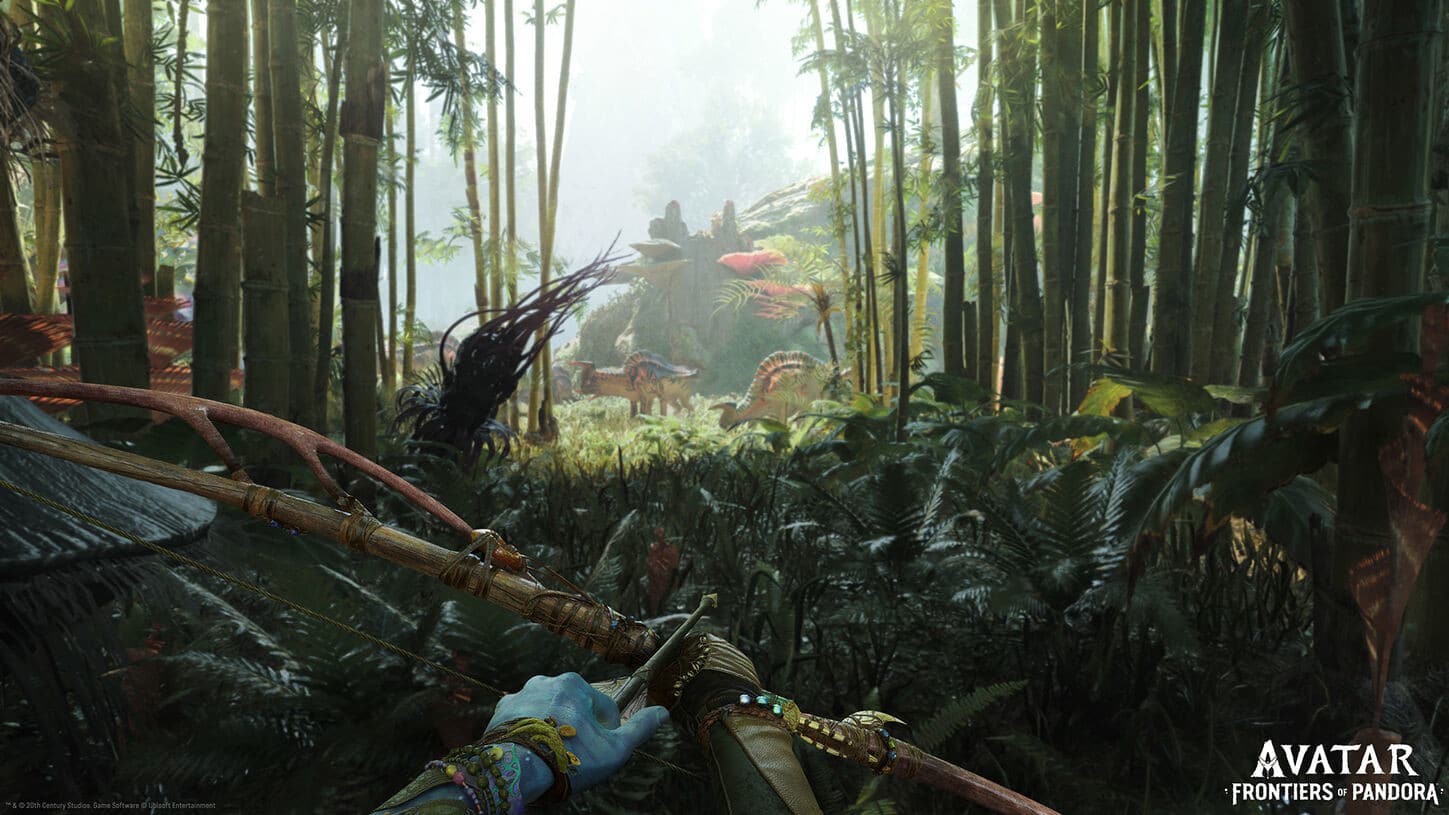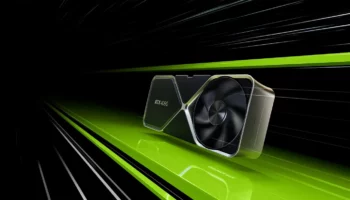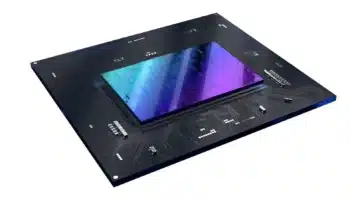Avatar: Frontiers of Pandora is out on PC and consoles. We tested the game on the GeForce RTX 4090 and the Radeon RX 7900 series GPUs. Our testing environment consists of a Core i9-13900K and 32GB DDR5-6000 memory running on an ASUS ROG Z790 Maximus Hero. The CPU was cooled by a Lian Li Galahad 360 AIO cooler, and the setup was powered by the Corsair RM1000e.
- NVIDIA RTX 4090
- AMD Radeon RX 7900 XTX
Frontiers of Pandora: Performance Benchmarks
At 1080p, NVIDIA’s GeForce RTX 4090 averages a whopping 166 FPS with all graphics settings maxed out. Even its 1% lows are higher than every other GPU we tested. The Radeon RX 7900 XTX averaged 114 FPS with 86.6 FPS lows. The RX 7900 XT managed an average of 102 FPS and 80 FPS lows. From the last-gen stack, the RTX 3080 Ti managed 92 FPS, while the RX 6800 XT came in last with a 76 FPS average.

At 1080p, the Radeon RX 7900 XTX produces the smoothest frametime chart, beating the RTX 4090 despite being slower on average. We’re witnessing the 96MB Infinity Cache in action, serving most requests and minimizing memory accesses. Despite being closer to the shaders, the 72MB L2 cache on the RTX 4090 isn’t as effective.

At 1440p, the GeForce RTX 4090 extends its over the Radeon RX 7900 XTX to 51%, averaging 122.7 FPS and 81.2 FPS, respectively. The 1% lows fall short of the 100 FPS mark on the RTX 4090, while the RX 7900 XTX stays above 60. The RX 7900 XT is about 10 FPS slower than the XTX and has a similar gap with the RTX 3080 Ti. The RX 6800 XT finishes last without hitting the 60 FPS mark.

The GeForce RTX 4090 offers the smoothest gameplay at 1440p with a frametime variance of less than 1 ms. The RX 7900 XTX is slightly worse, with a variance of 2-3ms.

At 4K, the GeForce RTX 4090 is the only GPU to average over 60 FPS with 57 FPS lows. It maintains 67 FPS through most of the benchmark, while the RX 7900 XTX manages just 44.6 FPS. The RX 7900 XT averages 38.6 FPS, slightly higher than the 35 FPS delivered by the 3080 Ti. The RX 6800 XT produces a sluggish average of 26.7 FPS.

The frametime graphs of the fastest GeForce and Radeon GPUs look identical at 4K. A closer look reveals a slight advantage for the RTX 4090, but it’s not something you’ll feel in-game.

Reducing the ray tracing quality to the lowest allows the GeForce RTX 4090 to hit 86 FPS as the RX 7900 XTX approaches the 60 FPS mark. The RX 7900 XT averages 50 FPS, and the RTX 3080 Ti yields 46 FPS. The Radeon RX 6800 XT finishes last with 36 FPS.

The GeForce RTX 4090 produces a cleaner frametime chart with a variance of only 1 ms. The RX 7900 XTX is slightly messy with a variance of 4 ms.

Enabling FSR 3 and Frame Generation boosts the RTX 4090 to 104 FPS and the RX 7900 XTX to 75.6 FPS. The RX 7900 XT averages 65 FPS, while the RTX 3080 Ti holds strong at 56 FPS. Once again, the RX 6800 XT is the slowest card, with an average of 44 FPS.

The Radeon RX 7900 XTX produces a cleaner graph with Frame Generation enabled. This is likely due to driver-side FSR 3 optimizations missing on the RTX 4090.





